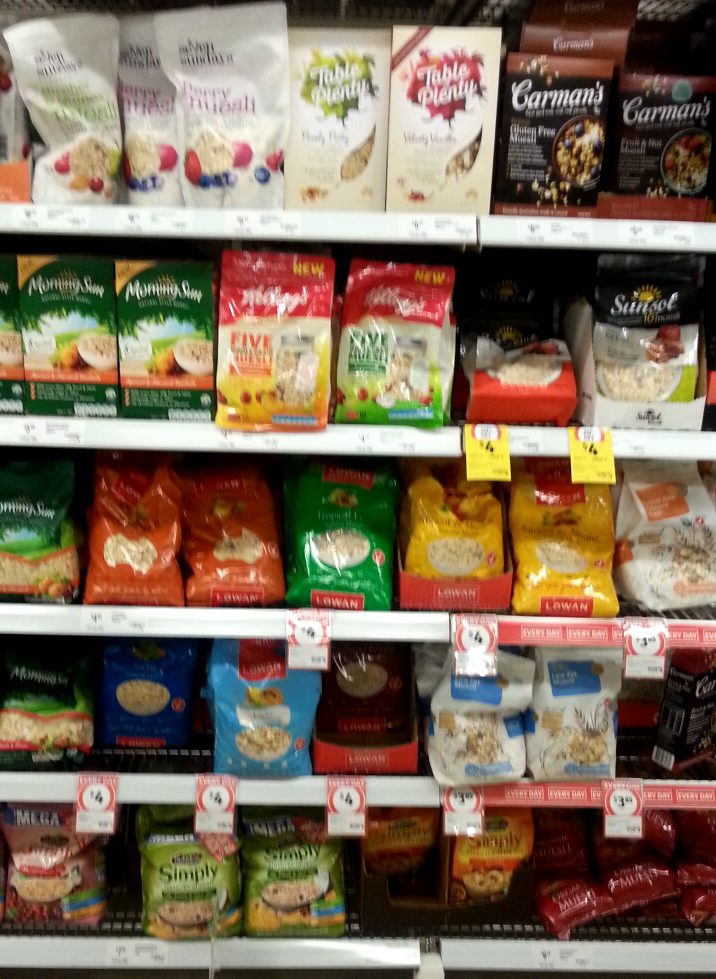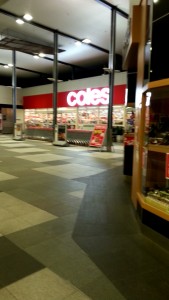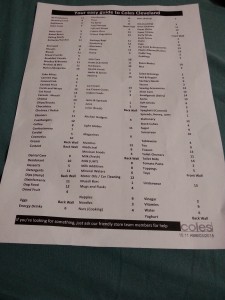Love it or hate it, grocery shopping is an essential part of life. Many people will tell you that doing the shopping is a chore they’d rather be without – busy aisles packed full of trolleys and other shoppers, confusing layouts and long queues is definitely not my idea of a good time. However, in my many years as a part time team member in a supermarket I’ve picked up a few tips to make the experience a little easier. Firstly a run down on the your supermarket shopping options:
Large supermarket chains such as Woolworths, Coles and IGA are staples in the Australian market and the majority of people will buy some, or all, of their groceries here. Large chains have the benefits of long opening hours, supermarkets are open seven days a week, with the majority of Woolworths and Coles stores open until at least 9pm on weeknights and some IGA stores open until midnight. There are also heaps of them, it’s almost guaranteed that if you live near the city or in the suburbs there will be at least one near you. Large supermarket chains such as Coles and Woolworths stock a wide variety of products – you can buy fresh fruit and vegetables, chilled goods, frozen meals, non-perishable foods, snacks, toiletries…the list goes on. Basically any general items that you need you’ll probably find at the supermarket. The larger stores also stock a small variety of specialty goods and international brands.
In addition, stores such as Aldi and CostCo are renowned for their cheap bulk-buy specials. Shopping here is a great way to save some dollars if you have a few friends you can split the goods with, or for stocking up on non-perishable goods that will last a long time in the pantry. See Larissa’s post about her experience as a first time CostCo shopper.
Tips to make the supermarket experience a little easier:
- The best time to shop is at night-time, generally after 6pm. At this time it’s generally a lot quieter – you’ll have less competition for aisle space and there will be less people in the checkout line. Night-time shopping is also the best time to pick up bakery bargains as the freshly baked goods from throughout the day are marked down. On the flip side, the busiest time to shop is generally Saturday morning, so if possible avoid shopping at this time.
- Go with a list. Shopping with a list has a couple of benefits – if you know what you need you can duck in, grab what you need and get out, making the shopping experience quicker and easier. A list is also a handy tip for saving money – taking and sticking to a list means you only buy what you really need (see my previous post for some extra money saving tips).
- Another handy tip for saving money is to shop by the specials. Look at the brochure for your supermarket before you go shopping so you know what’s on sale and stock up on non-perishable items if you have the room to store them. Shopping by the specials is especially useful if you live an area with more than one supermarket – many shopping centres will have both a Woolworths and Coles – so looking at the brochures for each store and popping in to get the specials at each could end up saving you lots in the long run.
- Save time and grab a store guide: Finding what you need the first couple of times you go shopping may seem like an impossible task. To help you find items quickly, most supermarkets have printed product guides that direct you to the correct aisle. Look for the guides near the entrance to the store. Most stores also have laminated guides attached to the end of the aisles.
- Ask a staff member if you can’t find something: If you’ve been wandering around the aisles for what seems like hours desperately searching for your favourite cereal, save yourself some time and irritation by asking an employee! Most of the time they’ll know exactly where to find what you’re looking for and will be happy to help.
- If you only need a few things take a basket, not a trolley: While a trolley is larger and therefore easier to fill, the smaller size of a basket and the fact that you need to carry it around the store means that you’ll be less likely to make impulse purchases and ultimately spend less time shopping. It’s a win-win really!
So there you go! Some insider tips and tricks that will hopefully make your grocery shopping experience a little easier! If you have any additional questions or comments I would love to hear them in the comments below!







